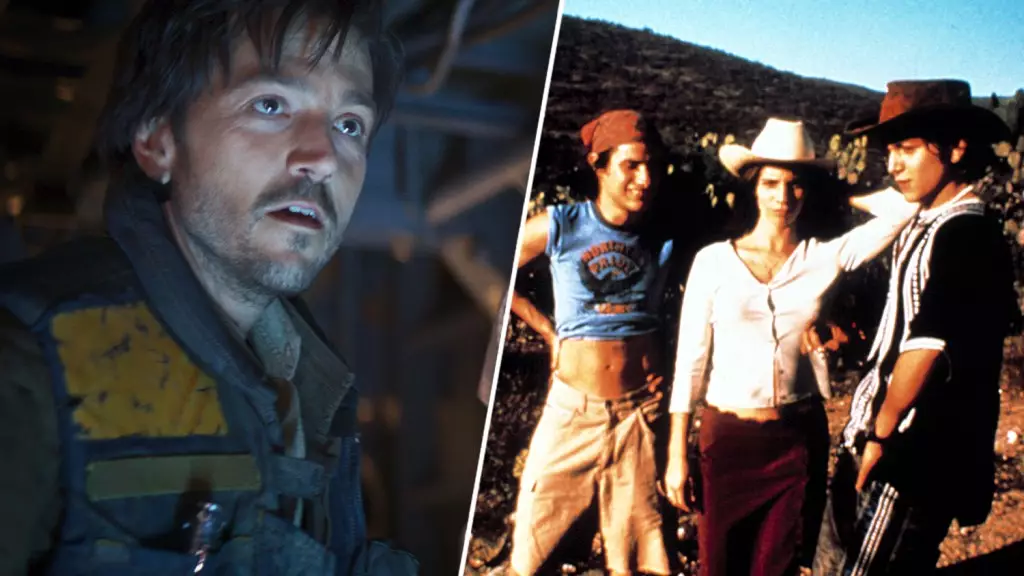Diego Luna’s journey from independent cinema to the sprawling cosmos of the Star Wars franchise illuminates a stark reality: that influence in cinema transcends genre boundaries. It may seem absurd for a character from a galaxy far, far away to have roots in the intimate storytelling of Cuarón’s *Y Tu Mamá También*, yet this connection reveals a deep-rooted desire for authenticity in an increasingly manufactured universe. This serendipitous link not only reshapes our understanding of Luna’s role as Cassian Andor in *Rogue One*, but also challenges the very structure of mainstream filmmaking.
Luna’s fervent nostalgia for the original trilogy, cloaked in an almost aspirational reverence, underscores an interesting contradiction within fan culture. It’s not merely about reliving childhood fantasies but rather how narratives evolve. His admission of having a penchant for the dark side resonates with viewers on a psychological level. The complexity of his character reflects a society grappling with moral ambiguity—a stark commentary on the struggle many face in today’s polarized political landscape.
Redefining Storytelling Through Realism
The artistic ambition articulated by Gareth Edwards—that *Rogue One* should mimic the documentary-like realism of Cuarón’s oeuvre—stands as a potentially groundbreaking vision. This call for improvisation and a hyper-realistic portrayal of character dynamics disrupts the glossy veneer typically associated with blockbuster films. It denotes a yearning for an emotional truth often forsaken in large-scale productions.
In a democracy, we often celebrate the messiness inherent in human connections, and this ethos could serve as a lifeline for the franchise. Rather than following a scripted, formulaic path, the hybridization of genres, as advocated by Edwards, may inspire a generation of filmmakers to tread into uncharted waters. It suggests a brave new world where the audience is not just a passive observer but an active participant in the unfolding narrative.
The Challenge of Subverting Expectations
However, this approach also risks alienating traditional Star Wars fans who seek the familiar epic structure and grandiose spectacle. Edwards’ vision is extraordinarily ambitious, and while it has the potential to reinvigorate the franchise, it could equally face severe backlash from those who thrive on nostalgia. Will they embrace this shift towards authenticity, or may they view it as a betrayal of the very essence that made Star Wars a cultural phenomenon?
Moreover, the balancing act between nostalgia and innovation is a tightrope walk. While pushing for relatability and intricacy, creators must be wary of sacrificing the fundamental mythos of the Star Wars saga. Cuarón’s influence, while transformative, also begs the question: at what point does a beloved franchise risk losing its foundational charm in pursuit of modernity?
Luna’s reflections prompt a necessary dialogue about what it means to be part of something larger than oneself, especially when that something carries the weight of legacy. In challenging the status quo, Lucasfilm finds itself at a crossroads, and how it responds could redefine not just Star Wars, but the entire landscape of cinematic storytelling, calling into question what we truly value in our narratives.

